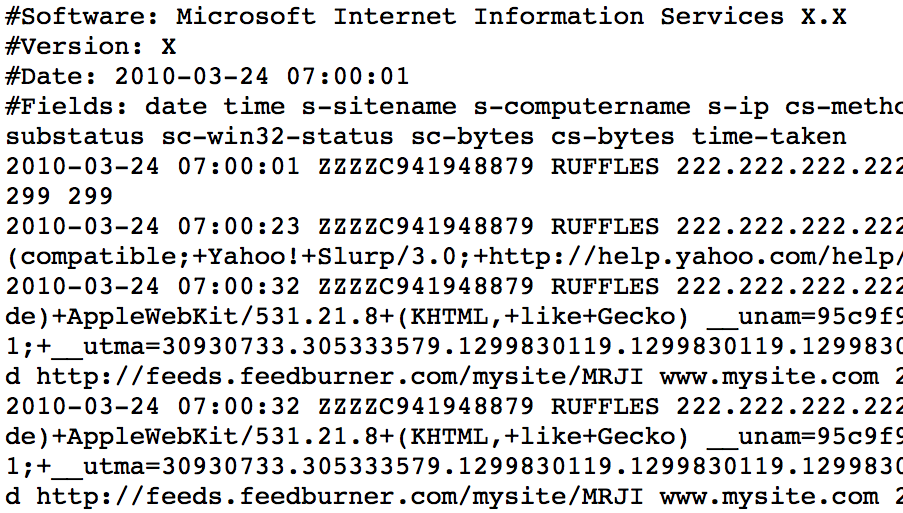Impersonated Programming
by Remy Porter
in CodeSOD
on 2017-07-17
Once upon a time, a long long time ago, I got contracted to show a government office how to build and deliver applications… in Microsoft Access. I’m sorry. I’m so, so sorry. As horrifying and awful as it is, Access is actually built with some mechanisms to actually support that- you can break the UI and behavior off into one file, while keeping the data in another, and you can actually construct linked tables that connect to a real database, if you don’t mind gluing a UI made out of evil and sin to your “real” database.
Which brings us to poor Alex Rao. Alex has an application built in Access. This application uses linked tables, which he wants to convert to local tables. The VBA API exposed by Access doesn’t give him any way to do this, so he came up with this solution…

 Jun 17
Jun 17








 There are lots of ways to ruin a batch of steel.
There are lots of ways to ruin a batch of steel.